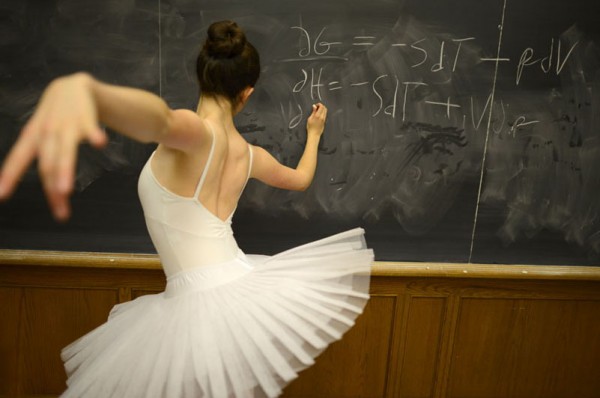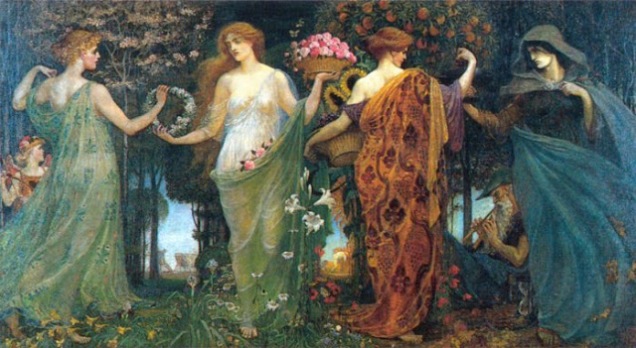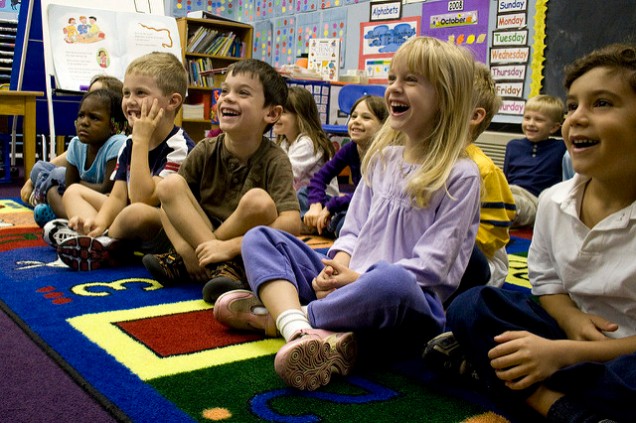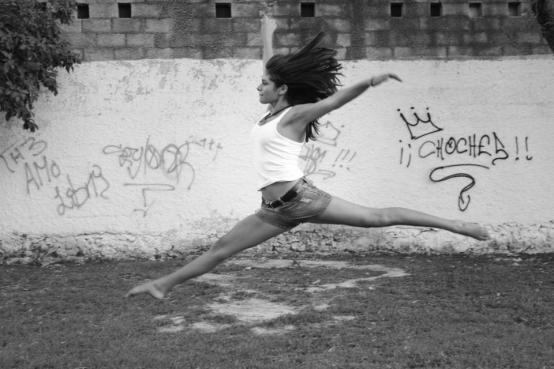
Science is a subject that should have students doing hands-on experiments, collaborative inquiry, and lots of fun discussion. There’s a time and place for reading the textbook for foundation building but it should not be the only thing you’re doing. What better way to get students up, working in groups, and laughing than through doing some Science and Dance activities?



 Being deliberate in your body movement and placement is essential for Drama. No Drama class is quite complete without devoting time to students creating tableaus (a group of motionless actors depicting a scene) because it helps students concentrate on having control of their body position on stage without also worrying about memorizing lines or cues.
Being deliberate in your body movement and placement is essential for Drama. No Drama class is quite complete without devoting time to students creating tableaus (a group of motionless actors depicting a scene) because it helps students concentrate on having control of their body position on stage without also worrying about memorizing lines or cues.